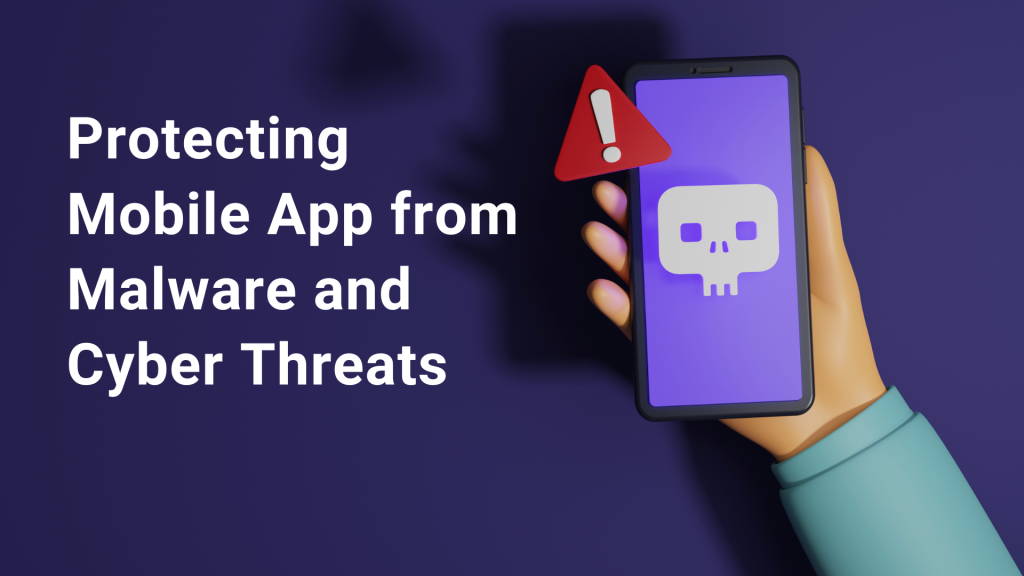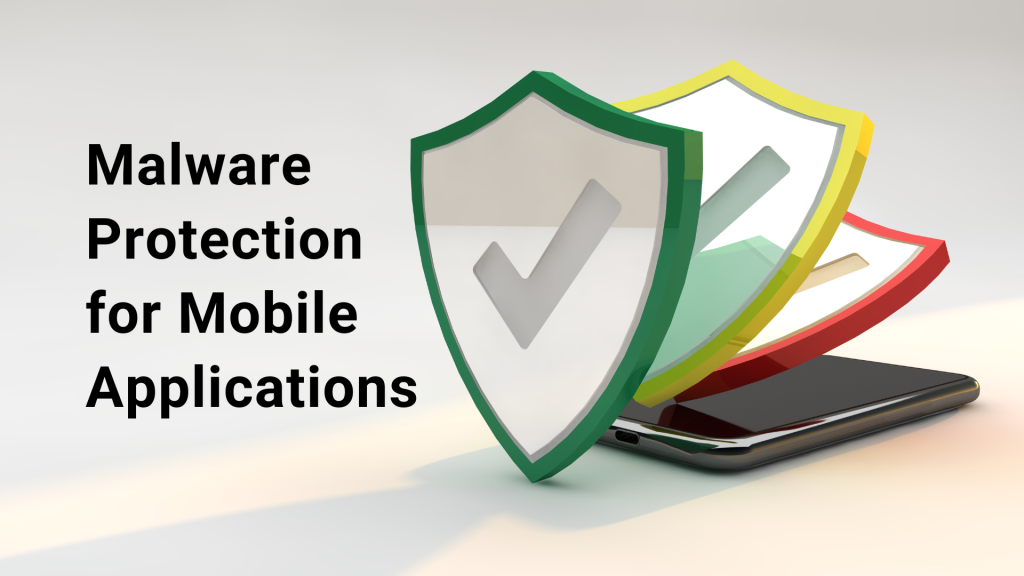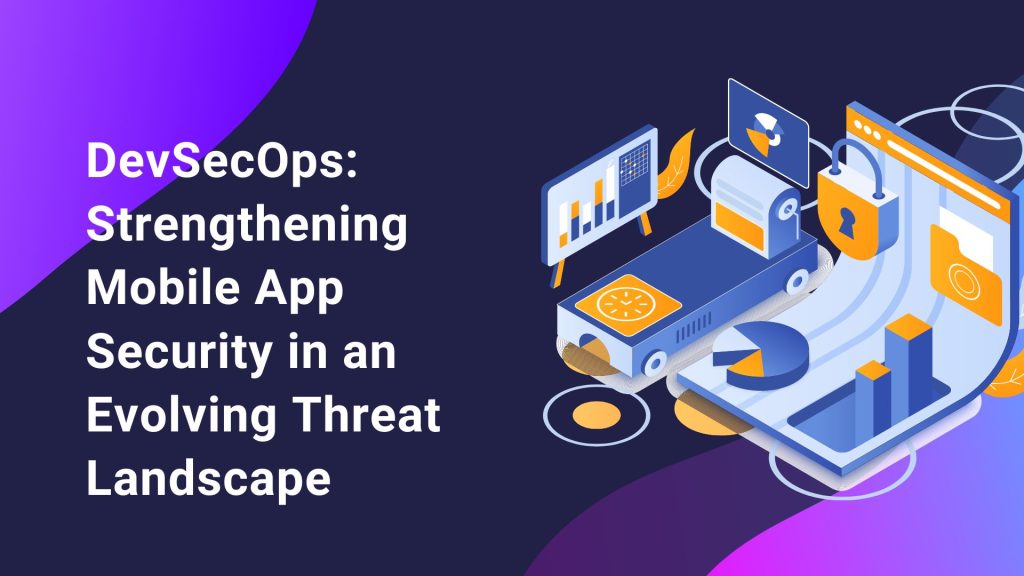
Protecting Mobile App from Threats with Application Hardening
From financial apps to healthcare, e-commerce, and even gaming, a vast amount of sensitive data flows through mobile apps daily. Ensuring the security of these applications is critical, not just for protecting user data but also for maintaining brand reputation and compliance with legal standards. One of the most effective strategies for securing mobile apps is app hardening – an advanced layer of protection that guards against reverse engineering, tampering, and other potential threats.
Why is App Hardening Necessary?
Mobile app hardening solutions focus on strengthening the app’s defenses against potential attacks. These solutions often include additional layers of protection and advanced security features.
- Increasing Attack Surfaces
Mobile applications are often distributed through public app stores like Google Play or Apple’s App Store, where they are accessible to billions of users and potential attackers. Once an app is installed on a user’s device, its code can be extracted, analyzed, and manipulated by malicious actors, particularly on rooted or jailbroken devices. Without adequate security, attackers can reverse-engineer the app to discover vulnerabilities, steal sensitive information, or modify the app’s behavior.
- Sophisticated Cyberattacks
Cyberattacks targeting mobile applications have become increasingly sophisticated. Threat actors use advanced techniques such as dynamic analysis, static analysis, and binary patching to compromise mobile applications. For example, they may attempt to inject malicious code or bypass security controls in an app, thereby exposing sensitive user data or intellectual property. App hardening is designed to prevent these types of attacks by increasing the complexity of reverse engineering and tampering.
- Regulatory and Compliance Pressures
Many industries, such as finance, e-commerce, government and healthcare are subject to strict data protection regulations which often require organizations to implement adequate security measures to protect sensitive data. Failing to comply with these regulations can result in hefty fines, legal consequences, and loss of consumer trust. App hardening helps organizations meet these regulatory requirements by providing robust protection for their applications and the data they handle.
Key Techniques Used in Mobile App Hardening to Protect App Code and Logic
- Code Obfuscation
Code obfuscation is the process of deliberately making the app’s code difficult to understand for anyone trying to reverse-engineer it. It involves transforming the code into an equivalent but harder-to-understand version without affecting its functionality. This is achieved by renaming variables, methods, and classes to meaningless strings, modifying control flows, and eliminating readable structures in the code – making the app’s code event harder to decrypt, significantly increases the time and effort required for an attacker to analyze it. Some obfuscation techniques include:
- Renaming Variables and Functions: By renaming variables and functions to meaningless names, it becomes challenging for attackers to decipher the code’s purpose.
- Code Packing: Code packing compresses and encrypts the app’s code, making it harder for attackers to analyze or modify.
- Encryption
Sensitive data within the app such as API keys, authentication tokens, or user credentials, should be encrypted to protect it from unauthorized access. Encryption ensures that even if an attacker gains access to the app’s storage, the data remains unintelligible without the decryption key. Secure storage and transmission methods, such as using SSL/TLS for network communications, further harden the app’s security.
- Runtime Application Self-Protection (RASP)
RASP is a technology that allows an app to monitor its own execution and detect suspicious behaviour at runtime. It provides real-time protection against threats such as code injection, tampering, or attempts to modify the app’s behavior. When an attack is detected, RASP can take immediate actions, such as shutting down the app, blocking the malicious behavior, or alerting the user or development team. Some features of RASP include:
- Behavior Monitoring: RASP solutions analyze the app’s behavior to identify anomalies and potential security threats.
- Attack Mitigation: When a potential attack is detected, RASP can take preventive actions, such as blocking malicious requests or terminating suspicious processes.
- Anti-Tampering and Anti-Debugging Controls
App hardening includes anti-tampering techniques that detect when the app’s code or memory has been modified. This is particularly important for preventing attacks where the attacker attempts to alter the app’s logic, such as bypassing authentication or license checks. These measures ensure the integrity of the app and protect it against manipulation. Some common anti-tampering techniques are:
- Checksum Verification: By calculating and verifying checksums of critical files or data, developers can detect any unauthorized modifications.
- Root/Jailbreak Detection: Rooting or jailbreaking a device can expose the app to potential security risks. Implementing root/jailbreak detection mechanisms helps identify compromised devices and take appropriate actions.
Anti-debugging techniques, on the other hand, make it difficult for attackers to use debugging tools to analyze the app’s runtime behavior, thereby reducing the likelihood of a successful attack.
- Integrity Checks
Mobile applications can implement integrity checks to verify that the code and resources of the app have not been altered. These checks can include verifying the app’s digital signature, ensuring that critical files are intact, and detecting if the app is running on a rooted or jailbroken device. If the app detects any signs of tampering, it can take protective measures, such as terminating its execution or locking access to sensitive functions. Some techniques used for code integrity checks include:
- Code Signing: Code signing involves digitally signing the app’s code with a trusted certificate. This ensures the code’s authenticity and integrity.
- Binary Protection: Binary protection solutions add additional layers of protection to the compiled binary, making it harder to reverse engineer or modify.
Benefits of Mobile App Hardening Solutions for Business and Organizations App Hardening
- Enhanced Security
By implementing app hardening, organizations can significantly reduce the likelihood of their apps being compromised. This means better protection for users’ personal data, payment information, and intellectual property. The enhanced security provided by app hardening helps to build trust with users, giving them confidence that their sensitive information is well-protected.
- Lower Risk of Data Breaches
App hardening minimizes the risk of data breaches by making it harder for attackers to exploit vulnerabilities in the app. Even if an attack is attempted, the protective layers can prevent the successful execution of malicious code, thereby safeguarding the app and its data.
- Compliance with Regulatory Standards
Many industries have stringent security requirements, and failing to comply can lead to legal penalties and reputational damage. App shielding helps companies meet the necessary security standards and ensures they are in compliance with regulations. This can help businesses avoid fines and improve their standing with regulatory authorities.
- Protection of Intellectual Property
For app developers, protecting intellectual property (IP) is essential. App hardening prevents attackers from reverse-engineering the code, stealing proprietary algorithms, or creating counterfeit versions of the app. This protection is especially important for industries like gaming, where the app’s source code is a valuable asset.
As mobile applications become more integral to everyday life and business operations, the need for robust security measures grows in parallel. App hardening offers an effective, multi-layered approach to strengthening mobile application security, ensuring that sensitive data, intellectual property, and user trust are protected. Implementing in app hardening solution is not just a technical necessity but a strategic advantage in today’s digital landscape, helping business and organizations defend against increasingly sophisticated cyber threats.
Ready to launch a secure app?
From deployment to security and beyond, SecIron helps you take you from visibility to action.
Mobile App Security FAQ
Why is mobile app security important?
Mobile app security is essential to protect user data and privacy. With the increasing number of mobile app users, the risk of cyber attacks and data breaches has also grown. Implementing robust security measures ensures that user information remains confidential and the app is resistant to potential threats.
How can I improve the security of my mobile app?
To enhance the security of your mobile app, consider implementing secure coding practices, encrypting sensitive data, and using strong authentication mechanisms. Additionally, mobile app shielding and hardening solutions can add extra layers of protection against reverse engineering and attacks.
What are the risks of not prioritizing mobile app security?
Neglecting mobile app security can lead to various risks, including unauthorized access to user data, data breaches, financial loss, damage to the app’s reputation, and legal implications. It is crucial to prioritize security to mitigate these risks.
Can mobile app hardening prevent reverse engineering completely?
While mobile app shielding techniques can make reverse engineering more challenging, it is not possible to prevent it entirely. However, by implementing obfuscation techniques, anti-tampering measures, and code integrity checks, you can significantly deter and slow down potential attackers.
Are mobile app hardening solutions only for high-risk applications?
Mobile app hardening solutions are beneficial for all types of applications, regardless of their risk level. By strengthening the app’s defenses and implementing runtime protection mechanisms, you can proactively mitigate potential security threats.
How often should I update my mobile app security measures?
Mobile app security is an ongoing process, and it is recommended to regularly update your security measures. Stay updated with the latest security practices, implement patches and updates, and conduct periodic vulnerability assessments to ensure your app remains secure.
Related post

With increasingly complex threats, protecting sensitive user data within mobile apps is critical. This article explores the ever-changing mobile threat landscape and unveils how a multi-layered security approach can effectively shield your mobile apps from emerging threats.

Discover essential security measures to fortify your app and safeguard user data. Learn how to prevent malware, cyber threats, and build trust with a comprehensive mobile security strategy.

Safeguard your mobile apps from malware and other malicious threats with comprehensive malware protection solutions for mobile applications.

Explore how DevSecOps enhances mobile app security, integrating robust protection throughout development in today’s rapidly evolving threat landscape.
Ready to launch a secure app?
WE CAN HELP!

Ananya
Making Your Security
Project A Success!
By filling out this form, you opt-in to receive emails from us.
Categories
- Blog (26)
- Latest News (4)
- Success Stories (4)
- Whitepapers & Guides (3)
Recent Posts

Mobile App Security Trends and Strategic Solutions in 2025
November 18, 2024
Protecting Mobile Apps with Strong Threat Detection Solution
November 7, 2024Recent Comments
Tags
There’s no content to show here yet.
Recent Posts
- Top Mobile App Security Threats and How to Mitigate Risks in Mobile Banking
- Mobile App Security Trends and Strategic Solutions in 2025
- Protecting Mobile Apps with Strong Threat Detection Solution
- Protecting Mobile App from Threats with Application Hardening
- Enhancing Mobile Banking Security to Combat the Rising Threat of Malware in Malaysia

